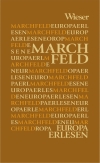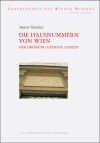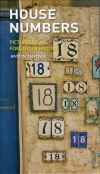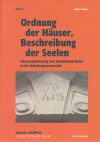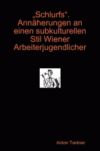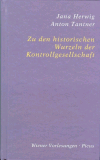Hausnummern-Artikel Open Access verfügbar
Die dreijährige Embargofrist ist vorüber, mein englischsprachiger Artikel zur Geschichte der Hausnummerierung in Europa ist nun Open Access verfügbar:
Tantner, Anton: Addressing the Houses. The Introduction of House Numbering in Europe, in: Histoire & Mesure, 24.2009/2, S. 7-30.
http://histoiremesure.revues.org/3942
Abstract: The article deals with a technology of house identification that was characteristic of the classifying spirit of the eighteenth century: house numbering. This techno-logy was not introduced to facilitate orientation for the cities’ inhabitants or to be helpful to foreigners; its origin can be located in the border areas of early modern police, military and tax administration. It aimed to give the state access to the riches and resources of every house, and to make it easier to control, tax or recruit their inhabitants, or to lodge soldiers. After an overview of the house numbering development in18th-century Europe, this article treats the different systems of house numbering (consecutive numbering of all the houses in the city or in a district, block numbering, the ‘clockwise schemes’, the even/odd system etc), arguing that it was difficult to make people accept the difference between the address and the physical data (the house).
Tantner, Anton: Addressing the Houses. The Introduction of House Numbering in Europe, in: Histoire & Mesure, 24.2009/2, S. 7-30.
http://histoiremesure.revues.org/3942
Abstract: The article deals with a technology of house identification that was characteristic of the classifying spirit of the eighteenth century: house numbering. This techno-logy was not introduced to facilitate orientation for the cities’ inhabitants or to be helpful to foreigners; its origin can be located in the border areas of early modern police, military and tax administration. It aimed to give the state access to the riches and resources of every house, and to make it easier to control, tax or recruit their inhabitants, or to lodge soldiers. After an overview of the house numbering development in18th-century Europe, this article treats the different systems of house numbering (consecutive numbering of all the houses in the city or in a district, block numbering, the ‘clockwise schemes’, the even/odd system etc), arguing that it was difficult to make people accept the difference between the address and the physical data (the house).
adresscomptoir -
Hausnummerierung - Do, 3. Jan. 2013, 08:55
